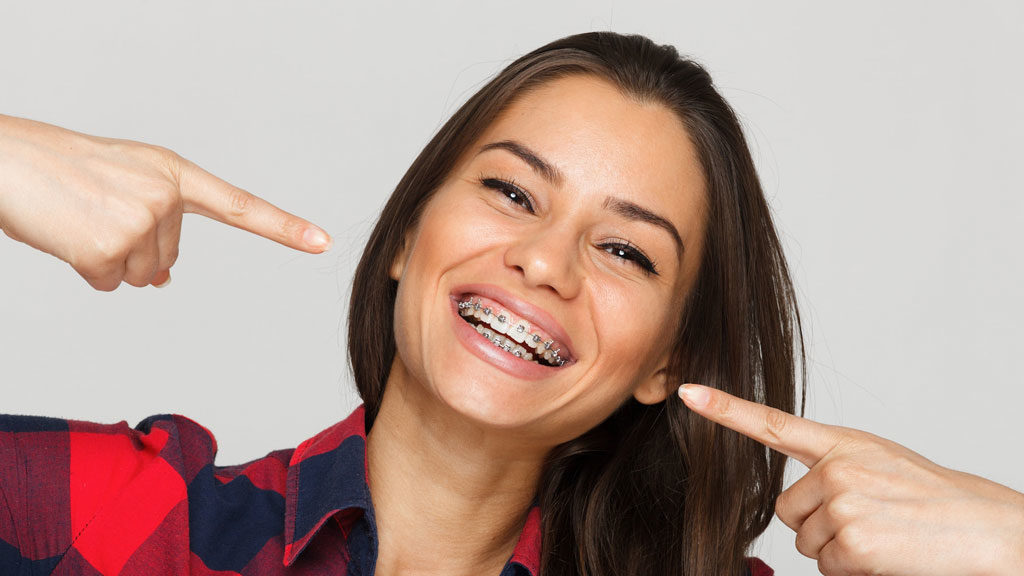THE ULTIMATE GUIDE TO DENTAL BRACES (PART-1)
TYPES OF BRACES, TEETH BRACES AGE LIMIT, FOOD HABITS WITH BRACES, FOODS TO EAT AND AVOID.
Are you considering transforming your smile through braces? In this first part series, you will learn in which situation you need braces, the different types of dental braces available in the market and the correct age limit to wear teeth braces.
Gain knowledge about the food eating habits with braces to protect them from damage as well as reducing the risk of stained teeth.
You will also come to know about the types of food to eat and which types of food to avoid.
WHY DO WE NEED BRACES?
Your teeth might be crooked, crowded, twisted or having jaw malrelation or improper bite which may cause other problems, such as impaired plaque removal around misaligned teeth, which can lead to gum inflammation and cavities.Improper alignement of teeth sometimes may also hamper prononciation of certain sounds.It can also affect the chewing process,putting irregular and excesaive strain on muscles and may cause facial pain.
Braces are the only physiological(natural) and time-tested method to cure each and any of those imperfections. Braces straighten your teeth, so you are able to care for your teeth and gums more easily and improve your bite, so you can eat more comfortably. Your smile is made more beautiful too.
In short; Orthodontic treatment involving braces is done to correct the jaw position, straighten crooked, crowded or protruding teeth, close gaps between teeth, and correct the bite.
TYPES OF BRACES FOR TEETH
There are several types of braces available in the market, they have been developed keeping in mind the age of the patient, issues the patient has such as crooked teeth, misaligned teeth, overbite conditions etc. The braces are exclusive: made specifically for the patient on case to case basis.
Depending upon the type of use, the Braces can be classified under 4 categories, which are:
- Fixed Braces– The conventional non-removable braces made up of brackets that are fixed to each tooth and joined with wires
- Removable Braces– Plastic plates that cover the roof of the mouth and clip on to some teeth; usable for very limited tooth movements
- Functional Appliances– Pair of removable plastic braces that are joined together and fit on to the upper and lower teeth
- Headgear– Not an orthodontic appliance itself, but can be used with other appliances and is usually worn at night
FIXED BRACES
Fixed braces are the most common type of orthodontic braces, the one which we see generally. They are most useful and are suitable for wide range of dental problems like when a number of teeth need to be corrected or when the treatment needs to be precise. They are made of metal and are generally very noticeable.
There is no high care and treatment afterwards but it is recommended to use some selected foods only and avoid sugary and hard foods. Also, if you play any contact sport, gum shield should be used.
REMOVABLE BRACES
These types of braces are generally used for minor problems or to discourage children from habits like thumb sucking. They are also used as retainers after removal of fixed braces. As the name suggests they are removed for cleaning, eating and other activities.
FUNCTIONAL APPLIANCES
Functional Braces are used when jaws are growing disproportionately. They stimulate or control the growth of upper and lower jaw.This is a specialized treatment which should be best carried out in young children .
HEADGEAR
Headgear is a device worn usually to control excessive growth of upper jaw.The straps are tied at the back of skull for support hence the name. They are used for few hours a day or while sleeping.
MINI IMPLANTS/TADs
Generally, teeth at the back are used to support the movement of front teeth. In cases where these teeth are unable to support, tiny screws are inserted in bone adjoining the teeth soe support; which are removed after their work is over. These screws are known as TADs or mini implants. This technique is widely used recently for efficient tooth movement.
Along with the ever-growing technological advancement in the medical industry, braces have also been developed to work efficiently while not affecting the aesthetics. Depending upon the same, they can be classified as: name.
METAL BRACES

The ever visible conventional braces generally constructed of very high quality stainless steel brackets and an arch wire which goes through the brackets to apply uniform force which moves the teeth in required fashion.
CERAMIC BRACES
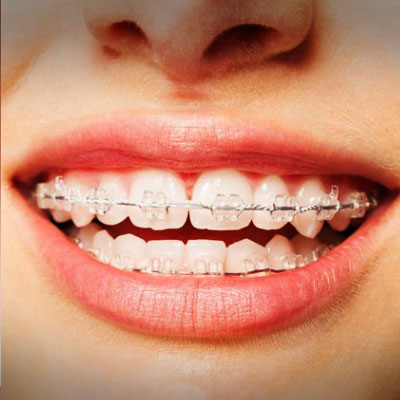
These kind of braces are made up of white ceramic wires and brackets which are as strong as steel but are invisible on teeth and hence provide a, visually appealing, no braces look.
LINGUAL BRACES
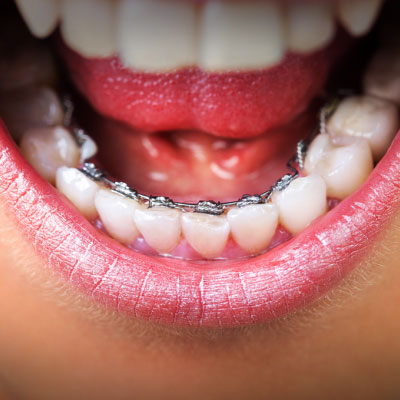
They are also known as inside braces since they are attached to the inside of teeth. They work similarly to metal braces with a wire and bracket but the pressure is applied on the inner surface and leaves the outer surface without any traces of metallic smile.
CLEAR ALIGNERS

One of the most modern solutions in orthodontic issues. They are just like transparent mouth guard which athletes from combat sports, wear. They are efficient and comfortable as well. They are designed specifically for your teeth and help to move them gradually into place.Since they are removable trays, patient can eat and clean their teeth regularly as usual.
TEETH BRACES AGE LIMIT
It is generally believed that Braces work only for kids and adolescents. However, you will be surprised to know that 1 in every 5 patients for orthodontic treatments is above 18 years of age.
Although, the ideal orthodontic treatment age limit to have braces is usually around 12 or 13 since at that time the teeth are not fully grown and bone formation is still under process.
American Association of Orthodontists recommend, an evaluation around 7 years of age so that the jaws and teeth are easily manipulated, and significant dental and/or skeletal issues can be corrected without aggressive treatment. Such Timely evaluation tends to result in faster, easier comprehensive treatment when they’re teenagers.
Many adults now require braces. As age advances, there are changes in jaw positions and arrangement of teeth.
For example, Decreased level of calcium in female patients may lead to development spaces between teeth. Poor or neglected oral hygiene also affects teeth alignment.
Many young adults have psychological issues due to an improper arrangement of teeth. For replacement of missing teeth, the adjoining teeth need to be in proper alignment.
Leading to address all these issues, more and more adults seek Braces treatment now a days.
FOOD HABITS WITH BRACES
The most common concern with braces is Food. Parents of young patients generally face problems with food habits and cleaning. This is due to the fact that Braces do require Dietary Changes. These changes are necessary for the following reasons:
1. TO PROTECT THE BRACES FROM DAMAGE
Braces can be damaged with hard and chewy foods and hence it is recommended to eat soft food with braces. Breads, Cooked Veggies, Pulpy fruits can be eaten easily, however, hard and chewy foods like, nuts, chocolates and candy should be avoided.
2. TO REDUCE THE RISK OF STAINED TEETH
Some Foods like Caramel, soft drinks have high colour and acids and thus can cause staining on teeth. These stains will be more visible after the removal of braces and hence should be avoided. Foods with sweeteners erode the enamel of teeth, making them yellow-ish and hence should be avoided.
Young patients should strictly be discouraged from chewing upon pencils or hard stuffs. Also nail biting should be avoided since these practices may damage the braces. The following table will give you a detailed idea of what to eat and what to avoid during braces
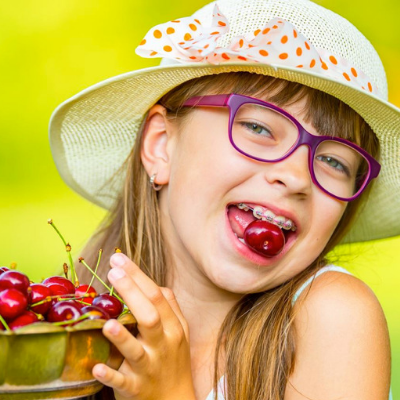
FOODS TO EAT
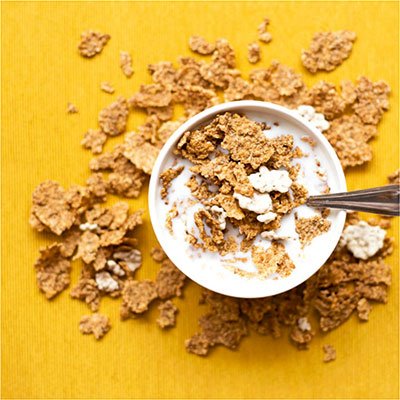
CEREALS, POHA

MUFFINS, PASTRIES
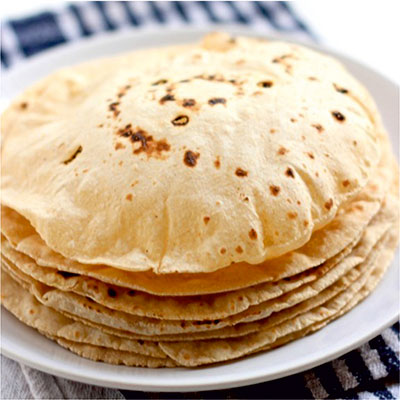
ROTI,BREADS

NOODLES/PASTA

RICE
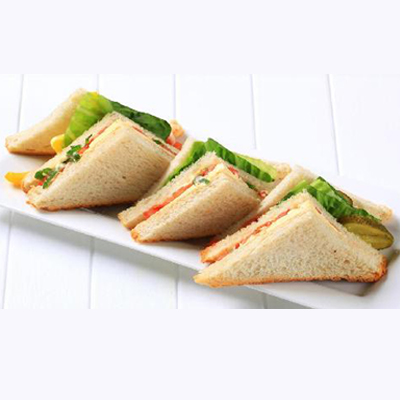
SANDWICHES
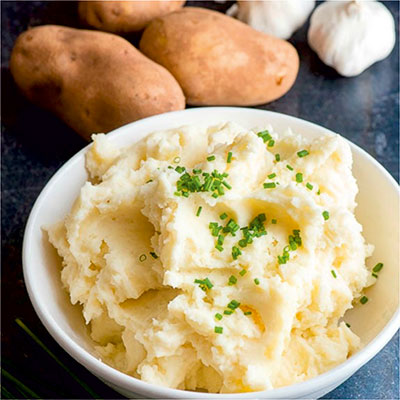
MASHED POTATOES
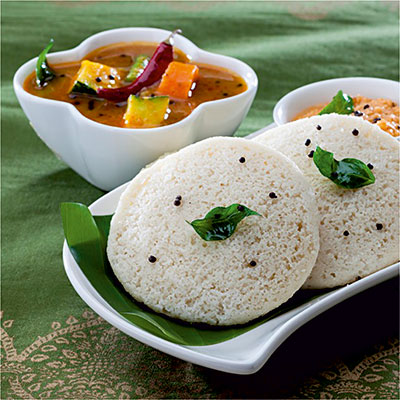
UPMA, IDLI

ALL COOKED VEGETABLES

SOFT FRUIT(with no skin)

Boiled eggs

TOFU, PANEER
FOODS TO AVOID

CANDY, CARAMEL
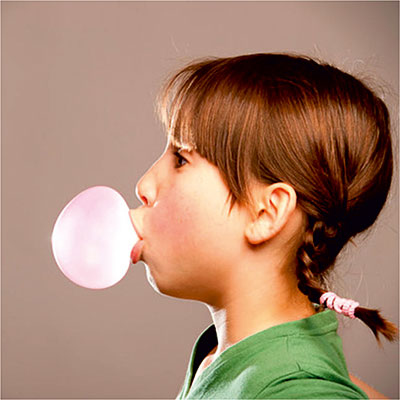
CHEWING GUM

HARD PURI, CHAKARI, SOYASTICK

SOFT DRINKS/POP/SODA
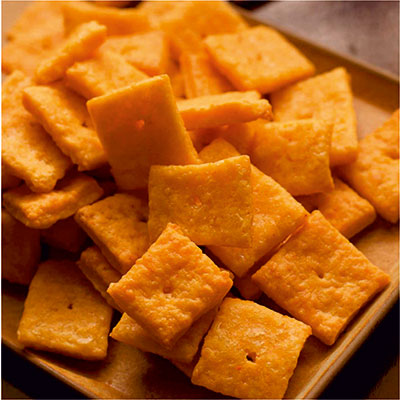
TOAST, CRACKERS, AND HARD CEREAL

Anything with DRIED FRUITS, NUTS OR OTHER SEEDS

PIZZA BREADS/CRUST

POPCORN

CARROTS (UNCOOKED)

WHOLE APPLES OR OTHER FRUITS

HOT DOGS
ABOUT DR. KALYANI TRIVEDI
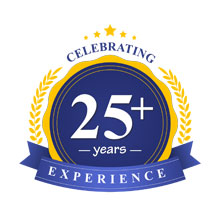
25+ YEARS OF
RICH EXPERIENCE
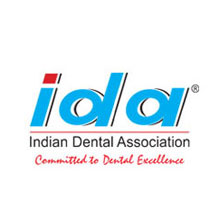
PRESIDENT OF IDA,
AHMEDABAD
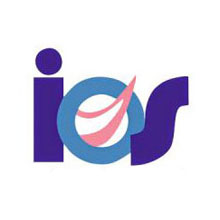
HON. TREASURER OF
INDIAN ORTHODONTIC SOCIETY

DR. KALYANI TRIVEDI
CONNECT WITH VYOM ORTHODONTIC & DENTAL CARE
- (+91) 079-26672458 / 0720
- kalyanimtrivedi@gmail.com
- www.vyomdentalcare.com
- Dr. Kalyani Trivedi
Vyom Orthodontics & Dental Care
7/B-1, Vivekanand Society,
Mahalaxmi Panch Rasta
Paldi
Ahmedabad – 380007


